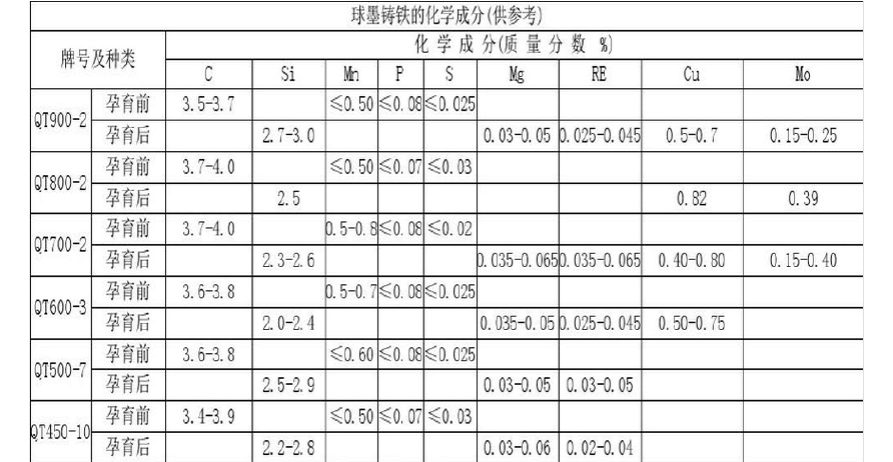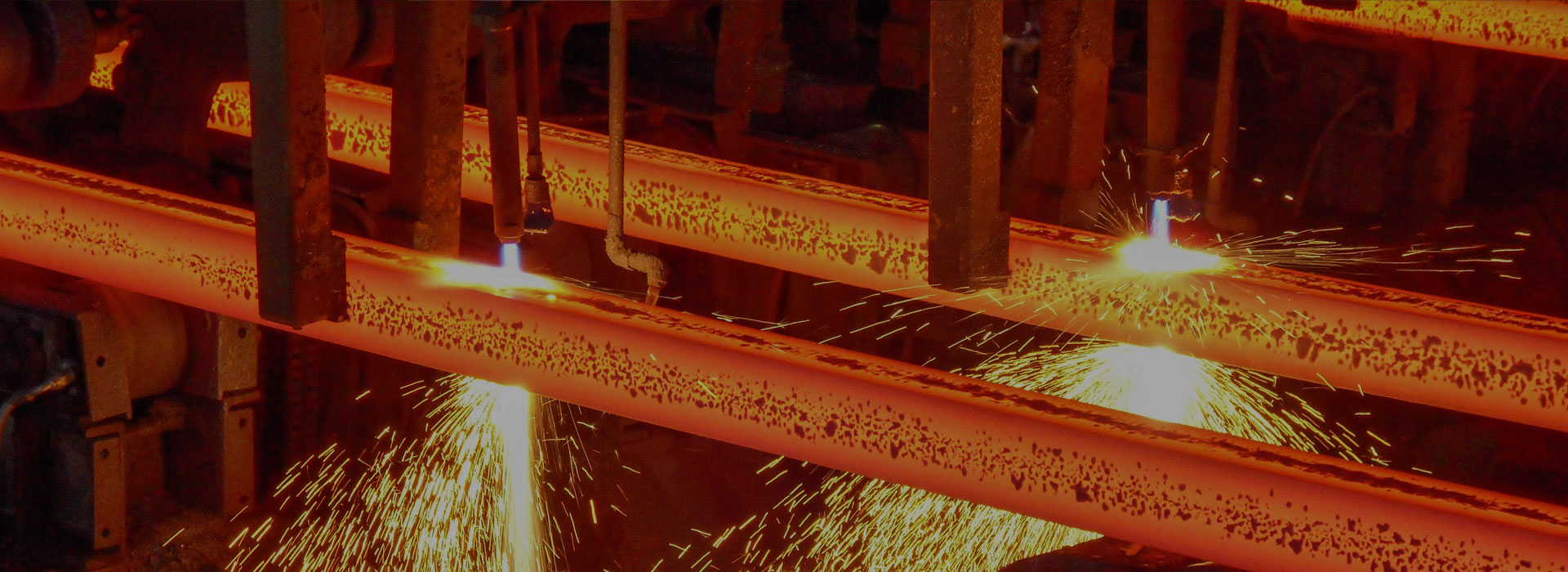Nodularity in Ductile Iron Casting
2023-08-15
Ductile iron casting is a widely used manufacturing process in various industries due to its excellent mechanical properties and cost-effectiveness. One of the critical factors that determine the quality of ductile iron castings is nodularity. In this article, we will explore the concept of nodularity in ductile iron casting and its significance in ensuring high-quality castings.
What is Nodularity?
Nodularity refers to the presence of graphite nodules or spheroids in ductile iron castings. These nodules are formed during the solidification process when the molten iron is poured into the mold. Unlike gray iron, which has flake graphite, ductile iron has a unique microstructure with graphite nodules dispersed throughout the matrix of ferrite and pearlite.
Importance of Nodularity:
Nodularity plays a crucial role in determining the mechanical properties and performance of ductile iron castings. The presence of graphite nodules provides several advantages, including:
1. Increased Strength: The spherical shape of graphite nodules helps to distribute stress more evenly, enhancing the strength and toughness of the castings. This makes ductile iron castings suitable for applications that require high strength and impact resistance.
2. Improved Ductility: The presence of graphite nodules allows for greater ductility in ductile iron castings. This property enables the castings to withstand deformation without fracturing, making them more resistant to cracking and failure under load.
3. Enhanced Machinability: Ductile iron castings with good nodularity are easier to machine compared to other cast iron types. The graphite nodules act as lubricants during machining, reducing tool wear and improving surface finish.
Factors Affecting Nodularity:
Several factors influence the nodularity of ductile iron castings, including:
1. Chemical Composition: The composition of the molten iron, particularly the carbon equivalent and alloying elements, affects the formation and distribution of graphite nodules. Proper control of these elements is essential to achieve the desired nodularity.
2. Cooling Rate: The cooling rate during solidification impacts the size and shape of graphite nodules. Slower cooling rates promote the formation of larger and more spherical nodules, while rapid cooling can lead to smaller and irregularly shaped nodules.
3. Inoculation Process: Inoculation is a crucial step in ductile iron casting, where a small amount of inoculant is added to the molten iron to promote the formation of graphite nodules. The type and amount of inoculant used can significantly influence the nodularity.
Nodularity is a critical factor in ductile iron casting, influencing the mechanical properties, machinability, and overall quality of the castings. Proper control of factors such as chemical composition, cooling rate, and inoculation process is essential to achieve the desired nodularity. By understanding and optimizing nodularity, manufacturers can produce high-quality ductile iron castings that meet the stringent requirements of various industries.




